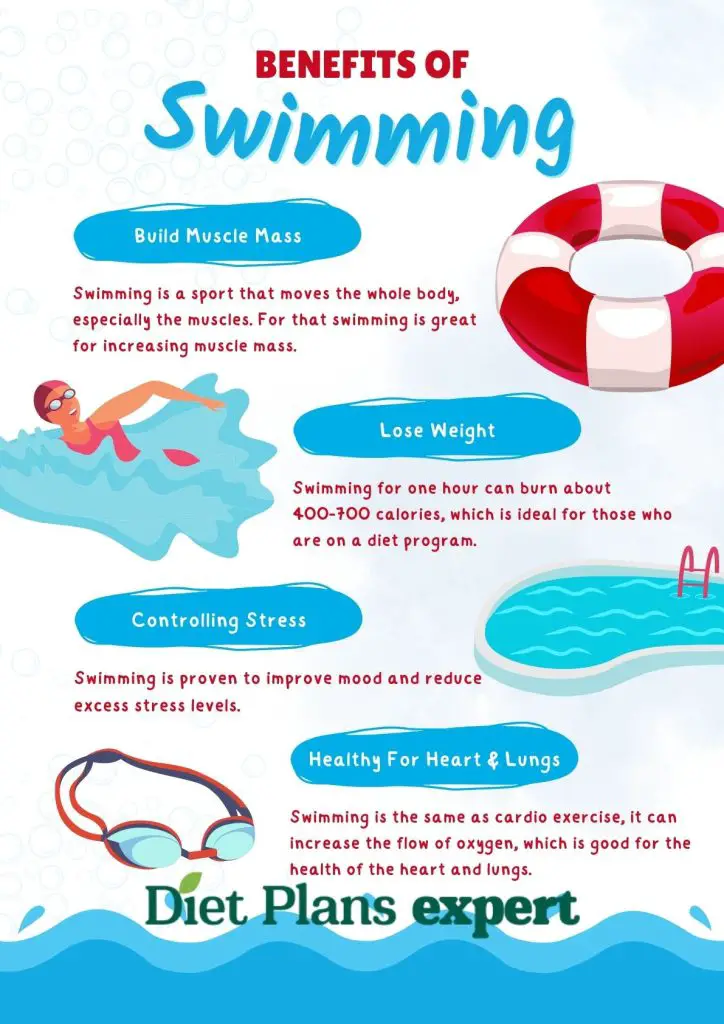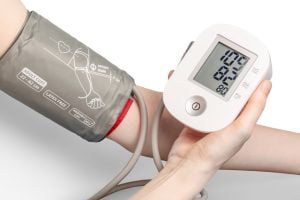
Cardiovascular health is the overall health of your heart and blood vessels. It is important to have good cardiovascular health because it can help you to live a longer, healthier life.
Good cardiovascular health can help to prevent a number of health problems, including heart disease, stroke, and type 2 diabetes. It can also help to improve your overall health and well-being.
Swimming is a great way to improve cardiovascular health. It is a low-impact exercise, which means that it is easy on your joints. This makes it a good choice for people who have joint pain or other injuries.
Swimming is also a great way to get a full-body workout. It works your heart, lungs, and muscles all at the same time. This can help to improve your cardiovascular fitness and overall health.
In the next section, we will discuss the specific benefits of swimming for cardiovascular health.

benefits of swimming
Swimming has been shown to have a number of benefits for cardiovascular health. These benefits include:

blood pressure monitoring
Photo by Mockup Graphics on Unsplash
These are just some of the benefits that swimming can have for cardiovascular health. If you are looking for a way to improve your cardiovascular health, swimming is a great option.
In the next section, we will discuss the different types of swimming strokes and their benefits for cardiovascular health.
There are four main types of swimming strokes: freestyle, backstroke, breaststroke, and butterfly. Each stroke has its own unique benefits for cardiovascular health.
Freestyle is the most popular swimming stroke and is a great all-around stroke for cardiovascular health. It is a relatively easy stroke to learn and can be done at a variety of speeds. Freestyle is a great way to get a full-body workout and improve your cardiovascular fitness.

Freestyle swimming
Photo by Todd Quackenbush on Unsplash
Backstroke is a good way to relax the neck and shoulders while still getting a good workout. It is a less demanding stroke than freestyle, but it can still be effective for improving cardiovascular health. Backstroke is also a good way to improve your core strength.

Backstroke swimming
Photo by Ryan Fleischer on Unsplash
Breaststroke is a gentler stroke that is easy on the joints. It is a good choice for people who have joint pain or other injuries. Breaststroke is also a good way to improve your upper body strength.

Breast-stroke swimming
Photo by Ryan Fleischer on Unsplash
Butterfly is a more challenging stroke that can help to improve upper body strength. It is a good choice for experienced swimmers who are looking for a more intense workout. Butterfly can also help to improve your cardiovascular fitness.

Butterfly swimming
Photo by Maksym Tymchyk 🇺🇦 on Unsplash
In addition to the four main strokes, there are also a variety of other swimming strokes that can be beneficial for cardiovascular health. These include the individual medley, which is a combination of all four strokes, and the crawl variations, which are variations of the freestyle stroke.
The best swimming stroke for you will depend on your individual fitness level and goals. If you are new to swimming, freestyle is a good place to start. As you get more experienced, you can try other strokes that are more challenging.
| Stroke | Benefits for Cardiovascular Health | Notes |
|---|---|---|
| Freestyle | * Improves cardiovascular fitness * Gets your heart rate up and your blood pumping * A great all-around stroke for beginners and experienced swimmers | A relatively easy stroke to learn and can be done at a variety of speeds. |
| Backstroke | * Relaxes the neck and shoulders * Improves core strength | A less demanding stroke than freestyle, but it can still be effective for improving cardiovascular health. |
| Breaststroke | * Easy on the joints * Improves upper body strength | A good choice for people who have joint pain or other injuries. |
| Butterfly | * Improves upper body strength * Improves cardiovascular fitness | A more challenging stroke than freestyle, but it can still be effective for improving cardiovascular health. |
| Individual Medley | * Combines all four strokes * Provides a well-rounded workout | A good choice for experienced swimmers who are looking for a more intense workout. |
In the next section, we will discuss some tips for swimming safely and effectively for cardiovascular health.
In addition to these tips, it is also important to be aware of the following potential risks associated with swimming:
By following these tips, you can safely and effectively improve your cardiovascular health through swimming.
In addition to the benefits mentioned in previous sections, swimming also has a number of other benefits for cardiovascular health. These benefits include:
These are just some of the additional benefits that swimming can have for cardiovascular health. If you are looking for a way to improve your cardiovascular health, swimming is a great option. It is a low-impact exercise that can be enjoyed by people of all ages and fitness levels. It is also a great way to relax, de-stress, and improve your mood.
Read this post about HIIT workouts and cardiovascular fitness:
HIIT Workouts Explained: Maximizing Fat Burning and Cardiovascular Fitness
